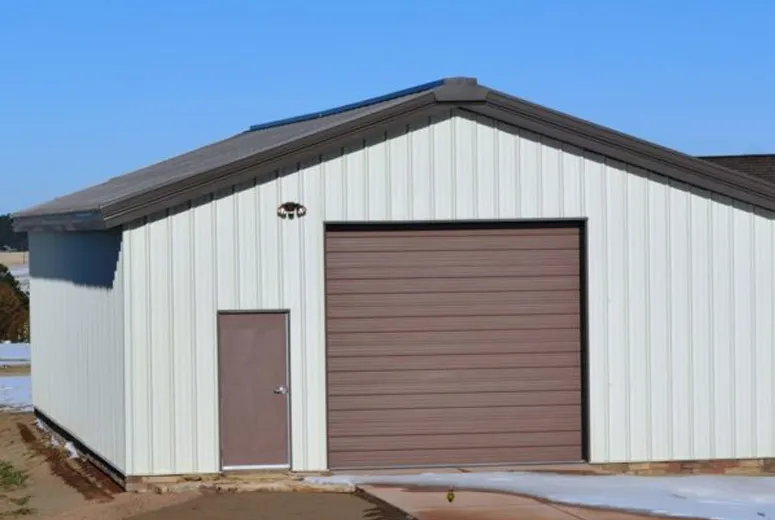- Afrikaans
- Albanian
- Amharic
- Arabic
- Armenian
- Azerbaijani
- Basque
- Belarusian
- Bengali
- Bosnian
- Bulgarian
- Catalan
- Cebuano
- Corsican
- Croatian
- Czech
- Danish
- Dutch
- English
- Esperanto
- Estonian
- Finnish
- French
- Frisian
- Galician
- Georgian
- German
- Greek
- Gujarati
- Haitian Creole
- hausa
- hawaiian
- Hebrew
- Hindi
- Miao
- Hungarian
- Icelandic
- igbo
- Indonesian
- irish
- Italian
- Japanese
- Javanese
- Kannada
- kazakh
- Khmer
- Rwandese
- Korean
- Kurdish
- Kyrgyz
- Lao
- Latin
- Latvian
- Lithuanian
- Luxembourgish
- Macedonian
- Malgashi
- Malay
- Malayalam
- Maltese
- Maori
- Marathi
- Mongolian
- Myanmar
- Nepali
- Norwegian
- Norwegian
- Occitan
- Pashto
- Persian
- Polish
- Portuguese
- Punjabi
- Romanian
- Russian
- Samoan
- Scottish Gaelic
- Serbian
- Sesotho
- Shona
- Sindhi
- Sinhala
- Slovak
- Slovenian
- Somali
- Spanish
- Sundanese
- Swahili
- Swedish
- Tagalog
- Tajik
- Tamil
- Tatar
- Telugu
- Thai
- Turkish
- Turkmen
- Ukrainian
- Urdu
- Uighur
- Uzbek
- Vietnamese
- Welsh
- Bantu
- Yiddish
- Yoruba
- Zulu
พ.ย. . 12, 2024 03:14 Back to list
Cold-Formed Steel Buildings An Overview
Cold-formed steel (CFS) buildings are increasingly gaining recognition in the construction industry due to their versatility, cost-effectiveness, and sustainability. As the name suggests, cold-formed steel is fabricated at room temperature, which allows for the creation of thin-walled steel sections that are both light and strong. This development in steel processing has revolutionized the way structures are designed and built, offering numerous advantages for both residential and commercial construction.
One of the primary benefits of cold-formed steel is its high strength-to-weight ratio. This characteristic makes CFS an excellent choice for various applications, from framing in residential homes to larger commercial projects like office buildings and warehouses. The lightweight nature of cold-formed steel allows for easier handling and installation, reducing labor costs and construction times compared to traditional materials.
Cold-Formed Steel Buildings An Overview
Sustainability is another compelling aspect of cold-formed steel buildings. Steel is one of the most recycled materials globally; many cold-formed steel products are made from recycled content, further minimizing their environmental impact. The ability to repurpose steel at the end of its lifecycle enhances its sustainability profile, aligning with modern construction practices that prioritize eco-friendliness.
cold formed steel buildings

In terms of design flexibility, cold-formed steel provides architects and engineers with a range of possibilities. The material can be easily shaped and molded into various profiles, allowing for intricate, innovative designs that might be challenging to achieve with conventional materials. This flexibility not only fosters creativity but also helps to optimize space and functionality within a building.
Moreover, the use of advanced design and engineering software allows for precise calculations and modeling when working with cold-formed steel. This precision leads to more efficient designs, which can significantly reduce material waste. Enhanced design processes also contribute to improved safety and structural integrity, ensuring that buildings can withstand the loads and stresses they encounter during their lifespan.
However, despite its numerous advantages, working with cold-formed steel requires specialized knowledge and skills. Contractors and builders need to be trained in the unique properties and behaviors of CFS to ensure proper installation and adherence to building codes. Therefore, investing in education and training for the workforce is essential to maximizing the benefits of cold-formed steel in construction.
As the world moves towards more sustainable building practices, the role of cold-formed steel is likely to grow. Its adaptability to various climates and its compatibility with energy-efficient technologies make it a compelling choice for future construction projects. Innovations in manufacturing processes and design methodologies will continue to enhance the performance of cold-formed steel, providing a robust solution for the evolving needs of the construction industry.
In conclusion, cold-formed steel buildings represent a modern approach to construction that combines strength, durability, and sustainability. The material's advantages align well with current trends towards eco-friendly building practices and innovative design. As the industry embraces these advancements, cold-formed steel will likely become a standard option for both residential and commercial projects, paving the way for a greener, more efficient future in construction.
-
Cold Formed Steel Residential Framing
NewsMay.21,2025
-
Innovative Steel Structure Building Solutions
NewsMay.19,2025
-
Innovative Prefab Metal Shed Solutions
NewsMay.19,2025
-
Durable Steel Horse Shelter Solutions
NewsMay.19,2025
-
Durable Metal Shed Solutions
NewsMay.19,2025
-
Durable Big Metal Shed Solutions
NewsMay.19,2025
Products categories
Our Latest News
We have a professional design team and an excellent production and construction team.












